Diablo 4 PTR's best feature has me more excited about Season 4 than I’ve ever been – and it’s not even the better loot
One of the perhaps less flashy changes in the recent Diablo 4 PTR is the one that actually has me most interested in playing Season 4 next month.
I’ve waxed poetic about my love for the action combat in Diablo 4 plenty of times before. Of the many, many Diablo-like action RPGs I’ve played, the one that always felt the best moment-to-moment has been Diablo 3. This remained true until Diablo 4 launched.
Dunking on Diablo 4 has been somewhat in vogue lately, but the game’s biggest sin wasn’t its underwhelming endgame, the overload of loot in the late-game, the lack of any meaningful social features, or even how it did Lilith dirty in its campaign. No, my biggest problem with Diablo 4 was all the time it made me spend not enjoying its action.
Let me explain.
If you’ve never played Diablo 4 for long enough, you may not be familiar with a certain kind of pain; one that will come to dominate your time with it once you get into World Tier 3 and reach the high 50s and beyond. You’re out of skill points to spend by that point, so the metagame shifts to build-crafting and customising to create whatever character you’ve envisioned.
That may be through focusing on an ultimate skill, specialising in dealing a certain type of damage, exploiting (or even creating) weaknesses, maximising resource generation to deal consistent damage, or really any fantasy you’ve built up in your head for this or that particular character. In order to do that, you’re going to have to discard much of the loot you get, because anything that doesn’t help you reach that goal won’t matter. This is where my biggest gripe with Diablo 4’s late-game flow comes in. See, a lot of that hunt relies on Aspects - effectively major chunks of modifiers you slap onto your gear/weapons so they better cater to your chosen fantasy.
But just like the loot itself, the majority of Aspects that are actually useful come in different tiers that vary in stats. In other words, you may have the Aspect you need, but you’re going to inevitably find a better version of it a couple of hours later.
When that happens, you’ll need to extract it, place it into your Stash, and wait for the opportunity to use it. Maybe you get a piece of gear - that doesn’t already have something else you want - at which point you go to etch said Aspect onto it.
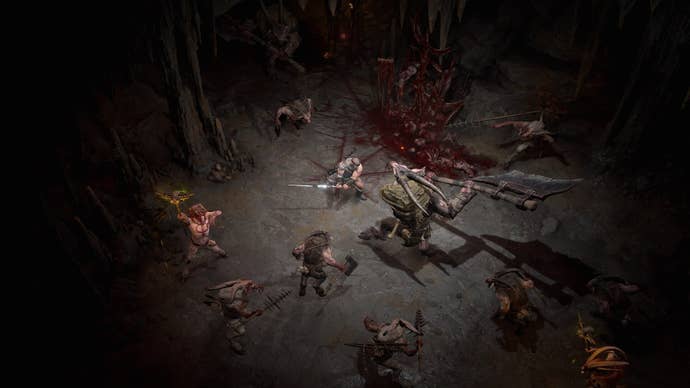
As it stands, Diablo 4 doesn’t know which Aspects you have, and it doesn’t tell you how close the roll you got is to its maximum possible. You’re not only kept in the dark when it comes to appreciating the value of your loot - relative to its respective pool, the game doesn’t even do you the courtesy of updating the loot pool to always drop that version (or higher).
It may be annoying to get a worse roll of an Aspect you already have a better version of, but I can tell you it’s much more infuriating to have to stop what you’re doing and sit there for ten or so minutes sifting through all the loot you have to decide whether the Aspects on it are worth extracting or not.
I’ve actually tracked this during my time with Season 2, when I was the most engaged with Diablo 4 post-launch. For every 90 minutes or so of gametime, I spent over 15 doing inventory cleanup. I usually have a podcast on in the background, so I’d have to pause it just so I can focus on working out A, whether or not I have that Aspect already, and B, if the one that just dropped is worth keeping. Remember, you’re sometimes working with incremental increases, so you don’t want to miss out on an extra 5%!
I really don’t come to Diablo 4 to maintain and restock what’s basically a display fridge, and it’s been one of the things driving me away from the late-game. So much, in fact, that I tend to stop playing once I reach the low-70s because all that work feels like a chore.
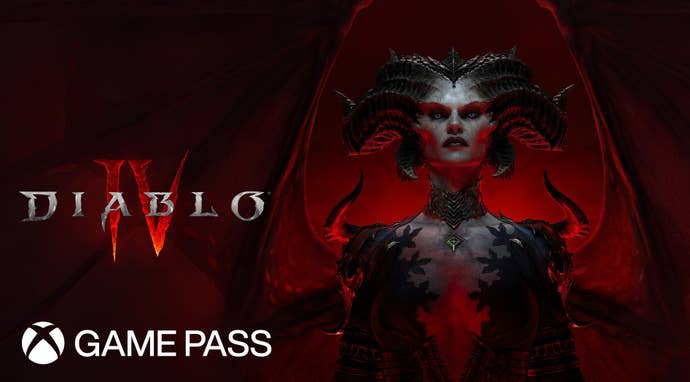
The Diablo 4 PTR presented a logical (and obvious) solution to this problem, one that I can’t believe took nearly a year to implement. The game will, starting with Season 4, now do that work for you. If you get a better version of an Aspect you’ve previously discovered, it’s going to set it as a base. Not only that, the Codex is now actually helpful, because it acts as a repository for all the Aspects you’ve previously discovered.
You no longer have to do inventory cleanup every few minutes, nor do you have to spend any time wondering whether or not you’ve previously come across any given Aspect, or if the version you have is better or worse than what just dropped. The best version you found is now always available for you to equip, and if you find something better later, that will seamlessly replace it.
Feeding right into that is the update to itemisation, which cleans up a lot of the useless cruft that used to drop on items. It makes understanding what’s what easier at a glance, which lets what’s there have a more meaningful impact on your build. The downside is that loot is simply not as a frequent - which is fine, because drops matter more.
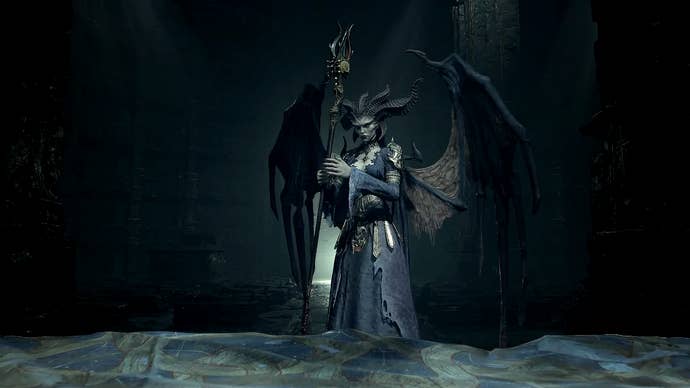
I’ve barely spent any time with the new crafting systems, which give you even more power to fine-tune your already focused loot. I honestly didn’t feel the need to do that, but the fact that it’s there makes me a lot more eager to craft a build and go after its building blocks than I ever have before.
It sounds like a cliche, but Season 4 really does represent a new beginning for Diablo 4, and it makes playing the game today genuinely challenging. But I’m happy Blizzard is finally tackling fundamental gameplay issues, rather than playing catch up with what Diablo 4 was missing at launch.
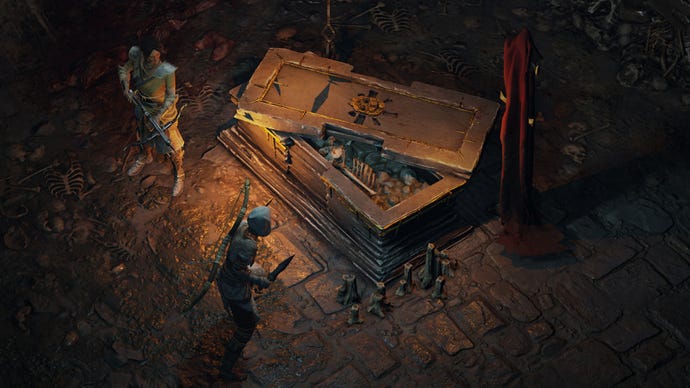

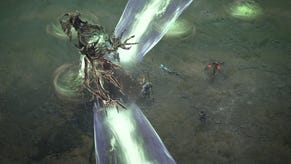
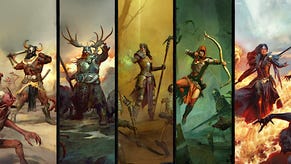




.png?width=291&height=164&fit=crop&quality=80&format=jpg&auto=webp)




.jpg?width=291&height=164&fit=crop&quality=80&format=jpg&auto=webp)


